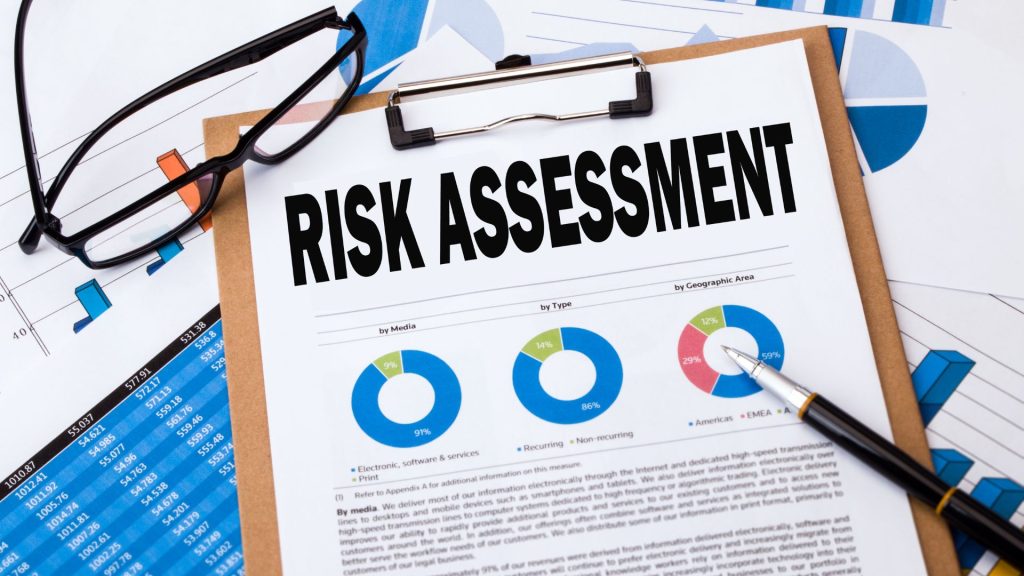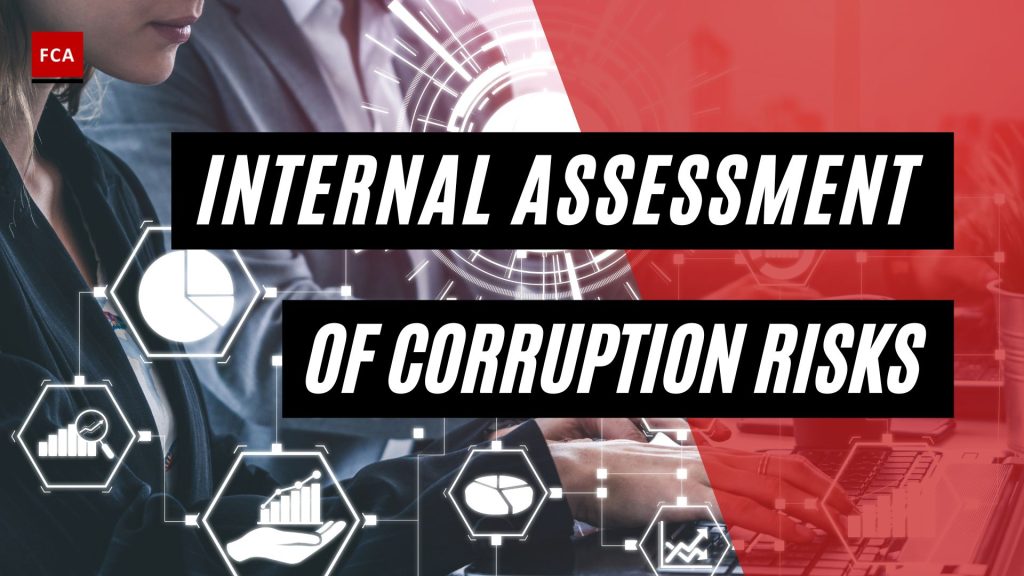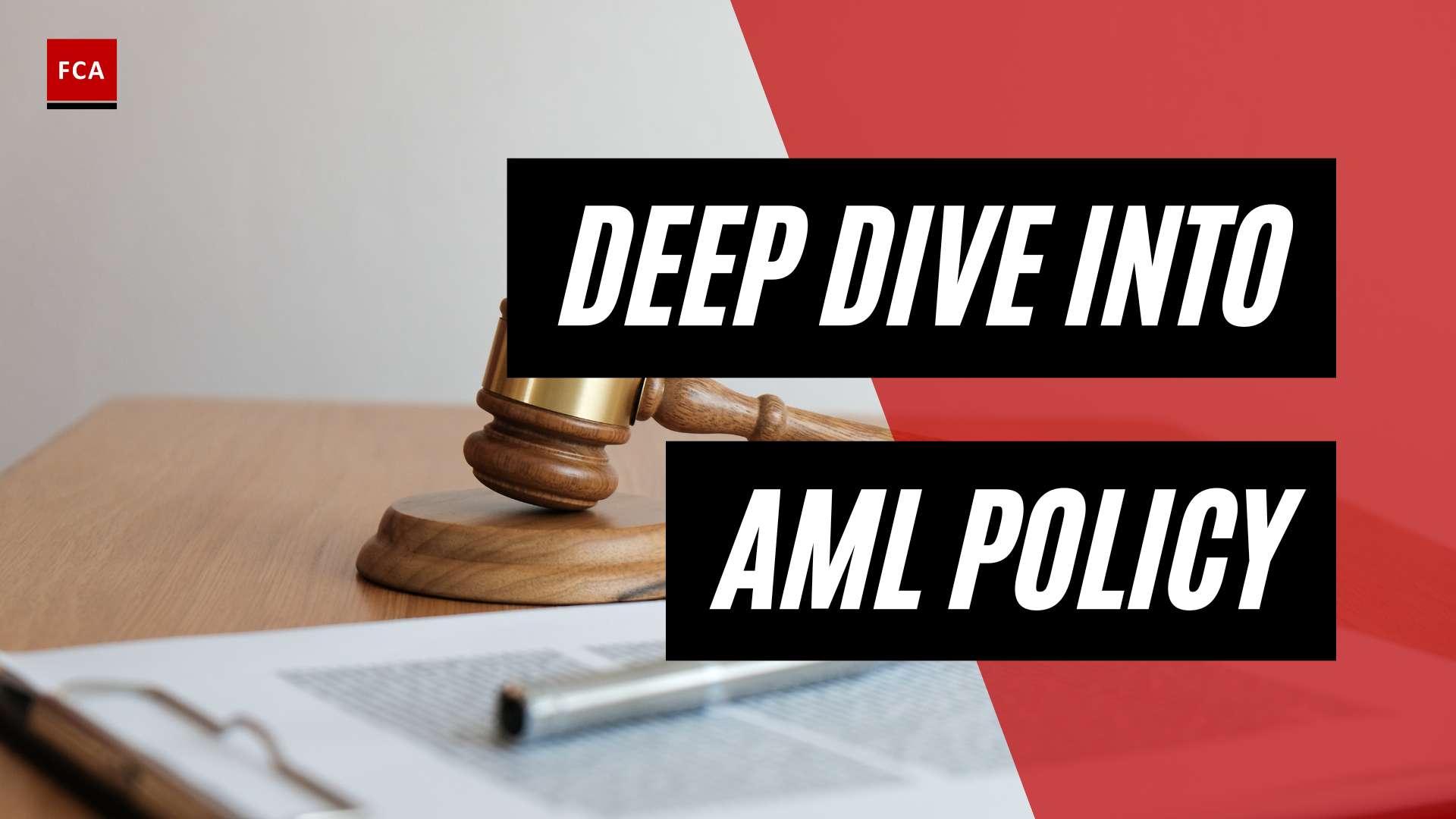Internal assessment of corruption risks is a diagnostics tool that seeks to identify systemic flaws that may provide opportunities for corruption. It differs from many other tools for assessing corruption in that it focuses on the potential for corruption rather than the perception, existence, or extent of corruption.
The key challenge of anti-corruption compliance is monetization. It is actively introduced and implemented by companies that have realized that due to the “revision” of processes, it is possible to increase profits and save significantly.

Compliance is more effective than checks. The model of modern internal investigations no longer implies a classic service check as one of the stages of disciplinary proceedings at the enterprise but a larger and more systematic activity. Just a few years ago, internal investigations created an image of the emergency that alerted the staff, required resources for search actions, and often affected the core processes and situation in the team.
The interest of owners consists in increasing profits and business scale. The algorithm for conducting post-factum service checks must be used as a last resort.
Internal Assessment of Corruption Risks
The risk-oriented approach has become a marker of modern security in enterprises. First, it consists of conducting an audit of processes, implementing the anti-corruption policy, and bringing them in line with the legislation.
The qualitatively adjusted compliance culture becomes an invisible factor in increasing staff productivity and dedication and reducing the number of intra-corporate conflicts. Implementation of anti-corruption decisions is always difficult. It is accompanied by rejection and conflicts—the exclusively systematic, routine work yields obvious results.
One of the key stages of such a work is the internal assessment of corruption risks. It is conducted to determine the legal, organizational, and other measures to minimize the manifestations of corruption in the company, introducing the effective control and management of detected corruption risks.

To conduct a qualitative assessment, it is necessary to:
- Develop the “Regulations on the Procedure for the Assessment of Corruption Risks,” approved by the executive. The Regulations must include definitions of corruption risk, the object of assessment, risk identification, and business partners. The Regulation must also specify and describe in detail the organizational and preparatory measures concerning the assessment of corruption risks, the procedure for the activity of the working commission, the procedure for identifying corruption risks, and their assessment.
- Approve the composition of the working committee. For the most effective work, it is desirable to involve independent experts in the anti-corruption legislation in the project. The protocol must record the work of the commission.
- Develop and approve a risk assessment or work plan by the management. It must contain the stages of conducting the assessment and the terms of their performance.
- The next step is the implementation of the plan. Carrying out identification of corruption risks, during which it is necessary to take into account: results of previous service investigations, certificates of audits; appeals, and complaints received from citizens about committing possible acts of corruption; powers of officials, etc.
- Direct assessment of corruption risks is carried out according to the criteria of the probability of occurrence of the identified corruption risks and consequences for the company. As a result of the assessment, the level of risk is set.
- The working commission prepares a report on the results of the assessment of corruption risks, and each commission member signs the report.
- Based on the report on the results of the assessment of corruption risks, a planned schedule for implementing measures to eliminate corruption risks is approved. Such a plan must contain the name of the identified risk, its level, elimination measures, and responsible persons with deadlines.
Final Thoughts
Internal assessment of corruption risks is aimed at minimizing the identified risks, increasing the transparency of the company activity, strengthening control over compliance with the requirements of the established regulations, and creating additional restrictions and obstacles to reduce the probability of acts of corruption by officials.








